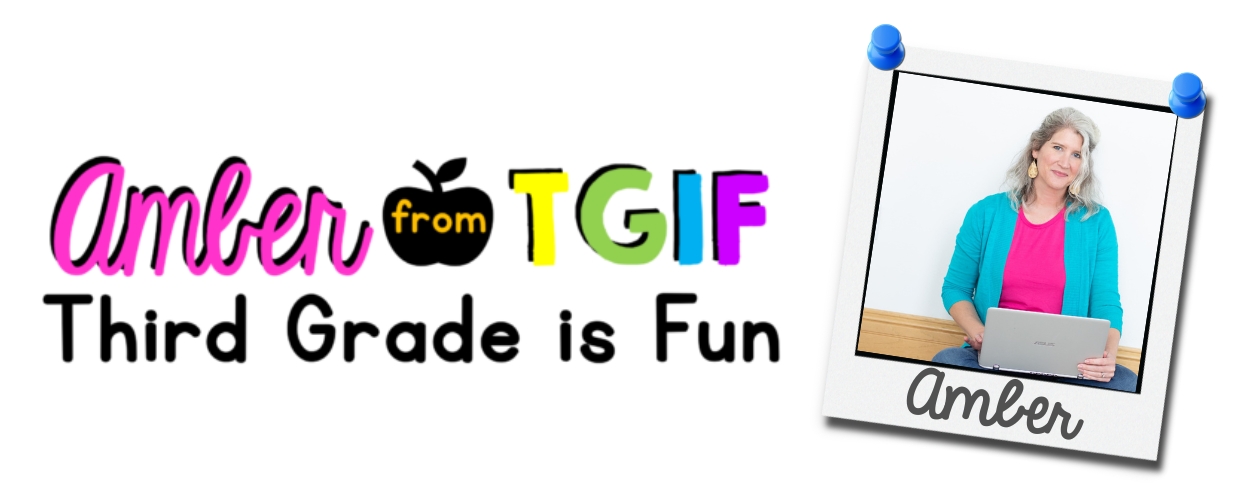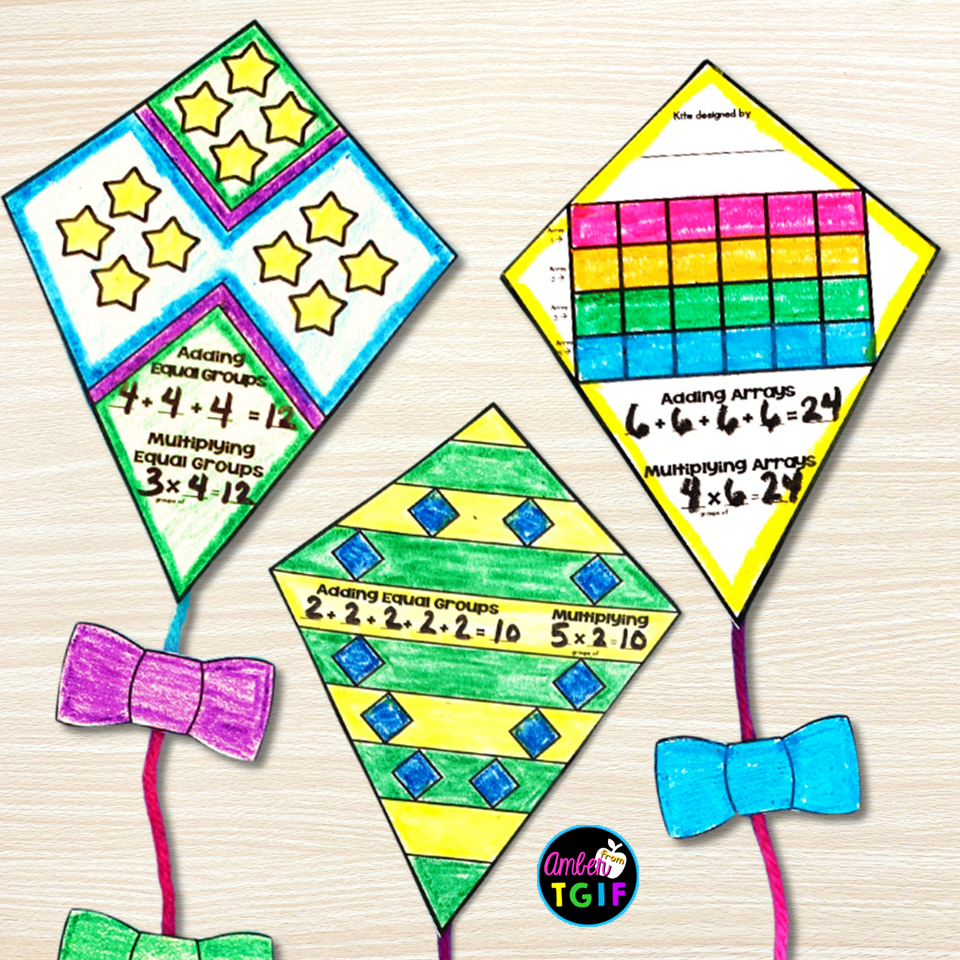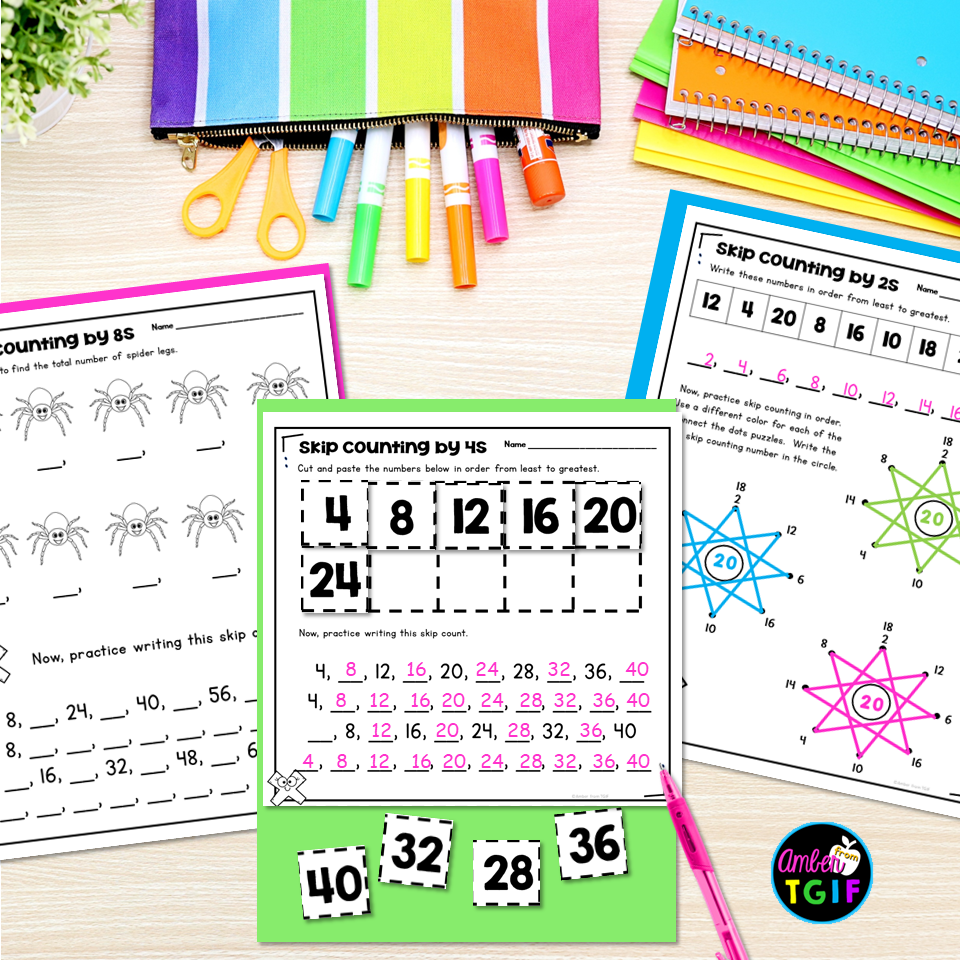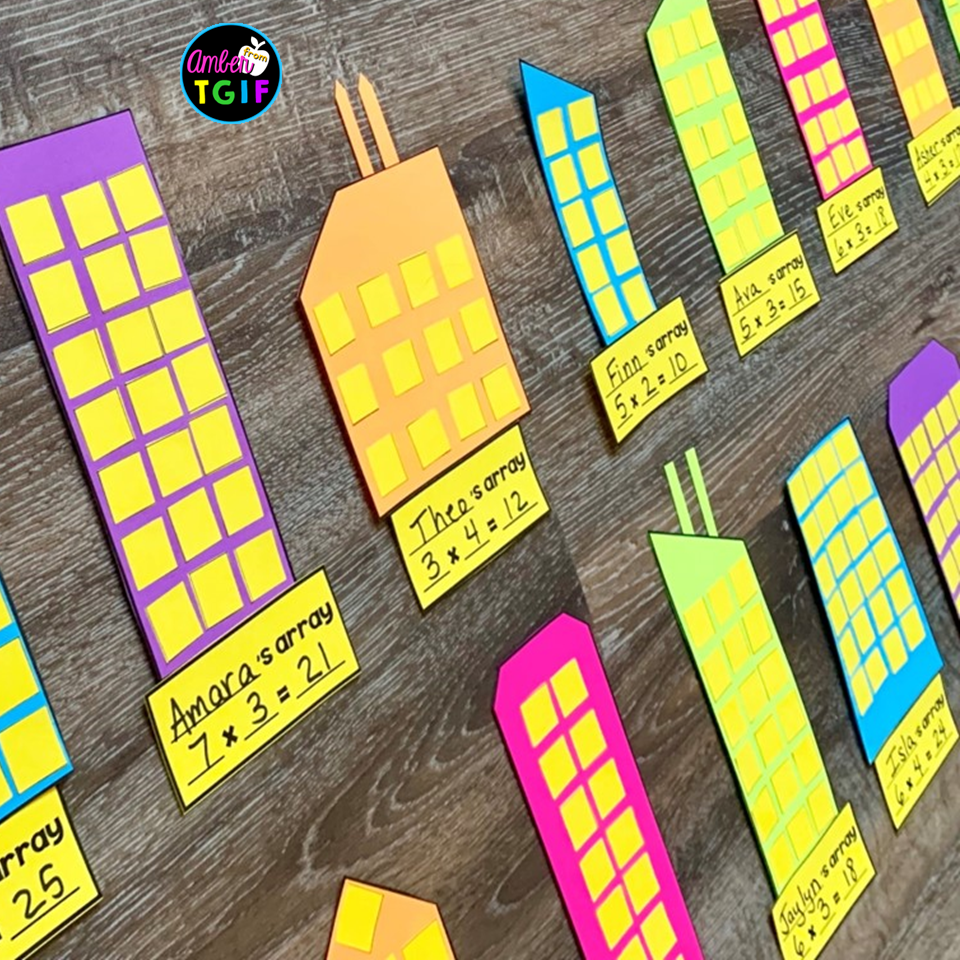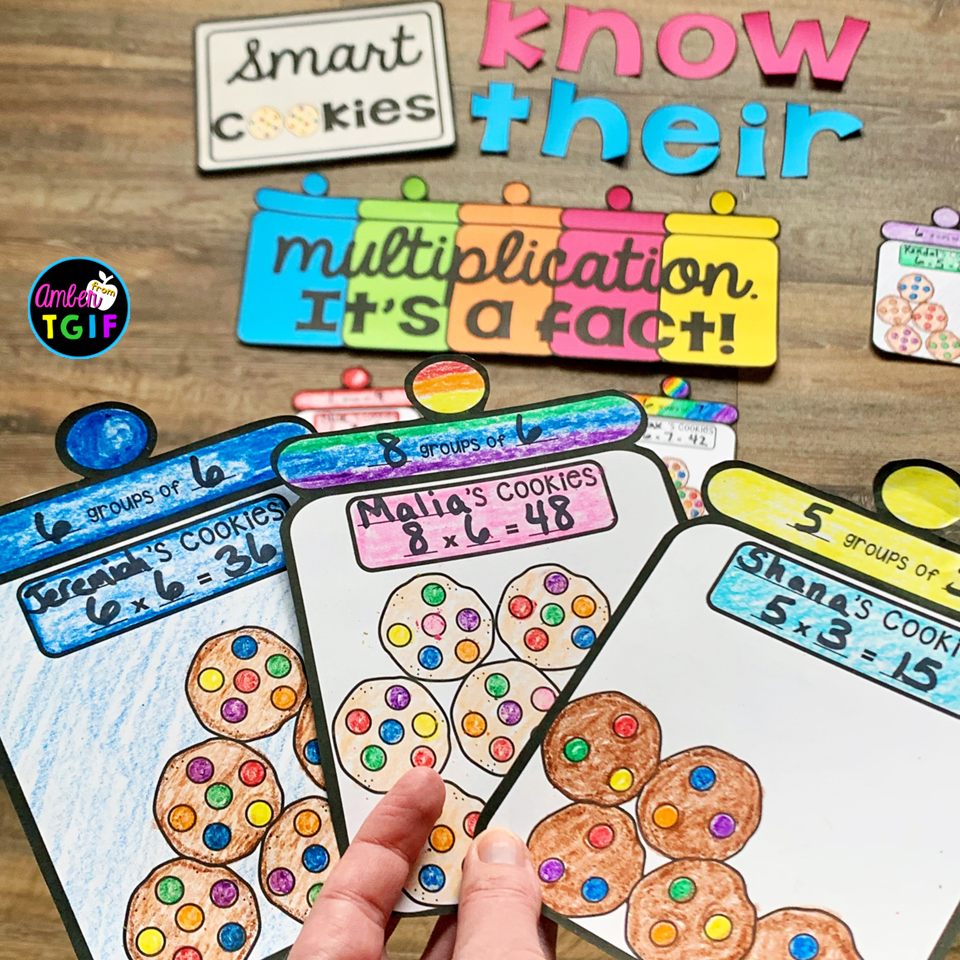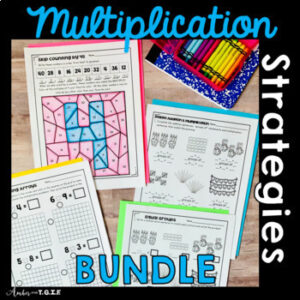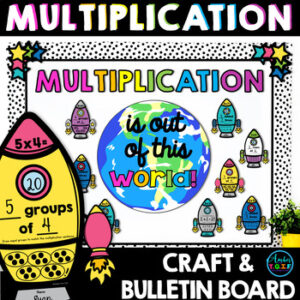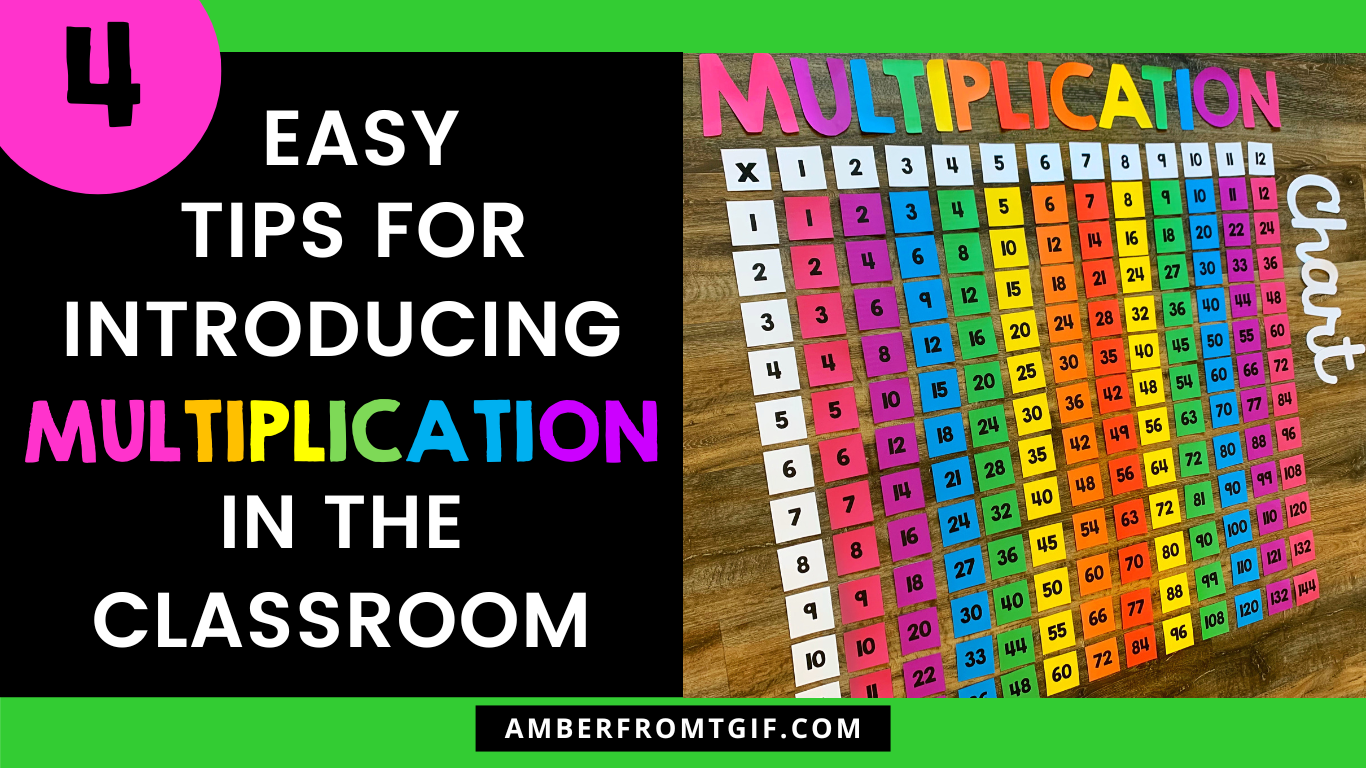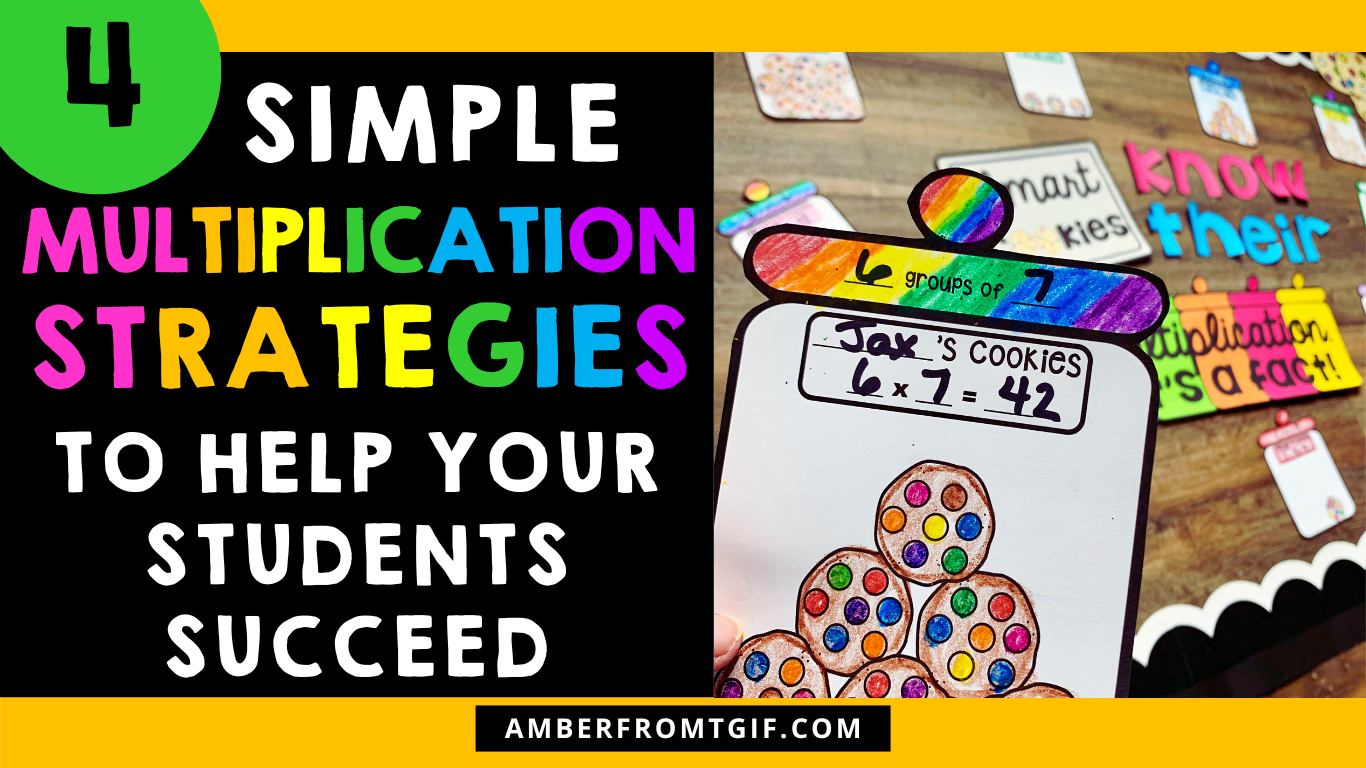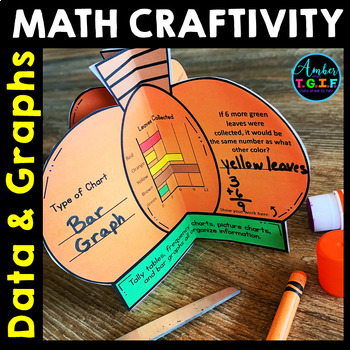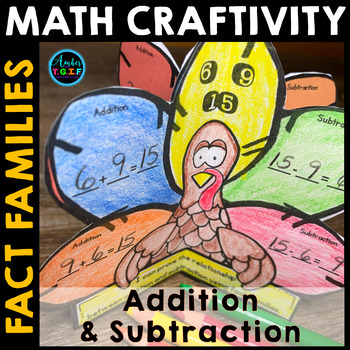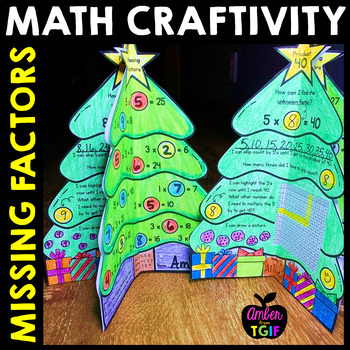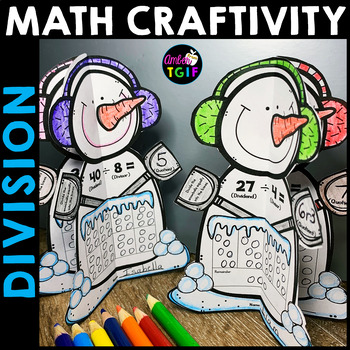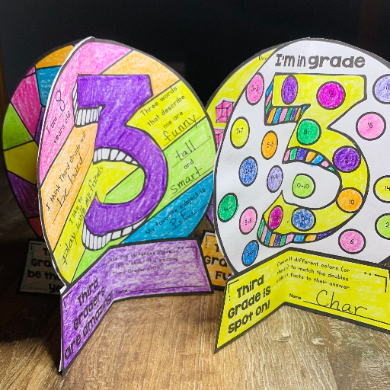Let’s talk about multiplication strategies! I know it can seem like a daunting task to get those little minds wrapped around this concept, but don’t worry, I’ve got some tried-and-true multiplication strategies that will make it a lot easier. We’re going to explore four super effective multiplication strategies that will have your students multiplying like pros in no time.
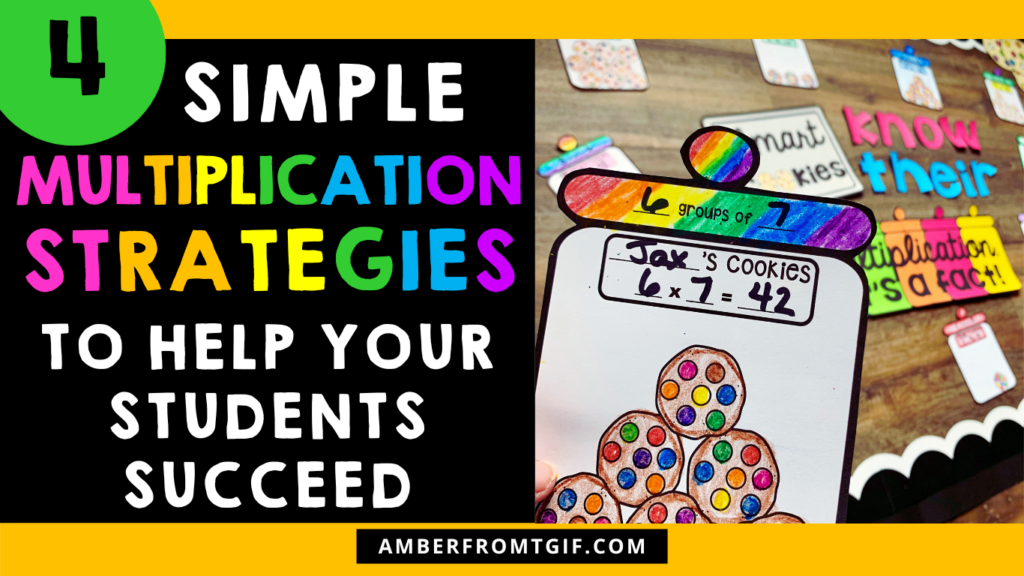
MULTIPLICATION STRATEGIES
1. Repeated Addition
Repeated addition is like the gateway to understanding multiplication. It’s all about showing students that multiplication is just a quicker way to add the same number over and over. For instance, if we want to figure out 3 x 4, we break it down into 3 + 3 + 3 + 3. This approach helps students see the connection between addition and multiplication, making the transition smoother. Plus, it reinforces their addition skills while paving the way for more complex multiplication concepts.
2. Skip Counting
Skip counting is a fun and rhythmic way to get kids comfortable with multiplication. It’s all about counting by numbers like 2s, 5s, or 10s, which lays a solid foundation for understanding multiplication tables. We often sing skip counting songs or use catchy tunes to make it stick. Counting by 5s, “5, 10, 15, 20, 25, 30…” and so on, is often fairly easy to start with since they have practiced this in younger grades. Incorporating music and movement makes learning feel more like play and helps students remember the patterns.
3. Multiplication Arrays
Arrays are a fantastic visual tool for teaching multiplication. They help students understand the concept by organizing objects into rows and columns. For example, to solve 3 x 4, we create an array with 3 rows of 4 dots. This visual representation shows that multiplication is essentially about grouping objects, and it helps students grasp the idea of rows and columns. Drawing arrays on graph paper or using manipulatives like counters or blocks can turn abstract concepts into something tangible and easier to understand.
4. Equal Groups
The equal groups strategy is another hands-on way to teach multiplication. It involves grouping objects into equal sets and then counting the total number of objects. For instance, if we’re multiplying 4 x 3, we create 4 groups with 3 objects in each group. This method helps students see multiplication as repeated grouping and reinforces the idea that multiplication is about combining equal sets. Using everyday items like counters, beads, or even snacks makes this strategy engaging and relatable.
Multiplication Fact Fluency
Once your have mastered the 4 multiplication strategies, it is time to move on to memorizing multiplication facts. I have a freebie for practicing your 5s multiplication facts. It’s called a Fact Fluency Tent and one sheet of paper is the equivalent of 50 flash cards! It makes practicing your facts so easy for the student and the teacher! Get the 5s Fact Fluency Tent here.
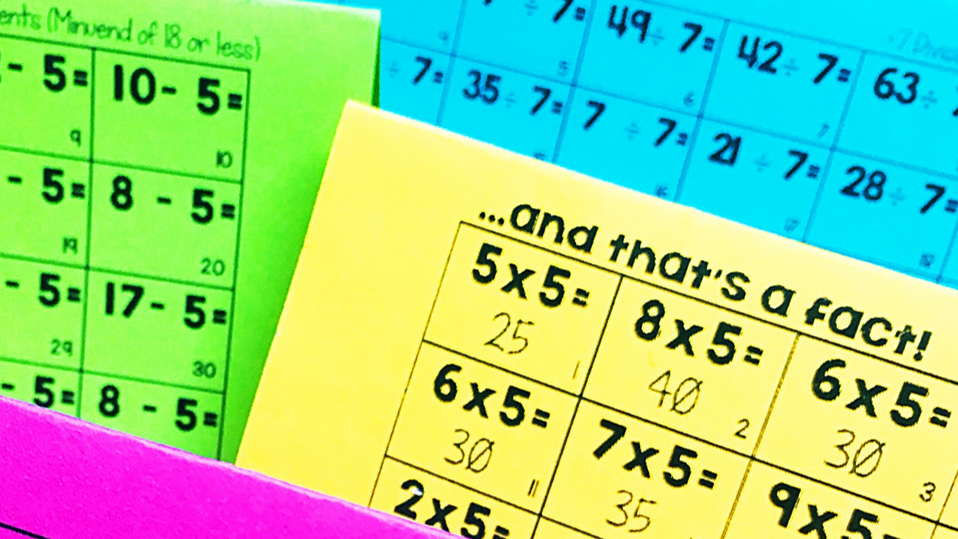
Multiplication Strategies Made Easy
If you need loads of practice for these 4 multiplication strategies and are short on time, I have created loads of quick print options that will have you helping your students master the 4 strategies in no time and will tick off the differentiation you need in your diverse group of students.
Using the 4 Multiplication Strategies = Differentiation
These four strategies—repeated addition, skip counting, multiplication arrays, and equal groups—each offer unique ways to help students understand and master multiplication. By incorporating a variety of methods, we can cater to different learning styles and make multiplication a concept that’s both accessible and fun.

Discover More Teaching Tips in these Blog Posts
Tips on Teaching Rounding to the Nearest 10 and 100
Making Math Meaningful and Engaging with Crafts
Tips for Teaching the Distributive Property of Multiplication
